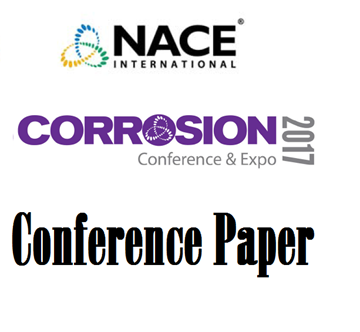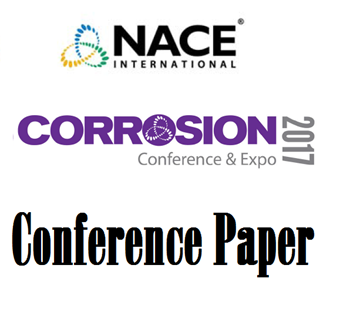Search
08658 Use of Microbiocides in Barnett Shale Gas Well Fracturing Fluids to Control Bacterially Related Problems
Also Purchased
51316-7674-Flow Assurance Risk Evaluation and Chemical Management in a Shale Gas Field
Product Number:
51316-7674-SG
ISBN:
7674 2016 CP
Publication Date:
2016
$20.00
A Study of Nonconventional Biocide Treatments of Barnett Shale Gathering Pipelines
Product Number:
51317--8866-SG
ISBN:
8866 2017 CP
Publication Date:
2017
$20.00
Use of a Methodological Panel for Microbial Diagnostics Biocide Selection and Application in an Oil Shale Field
Product Number:
51317--9019-SG
ISBN:
9019 2017 CP
Publication Date:
2017
$20.00




